LiDAR
Latest

Apex's electric supercar includes an AR race coach and partial self-driving
How do you make a name for yourself as an EV startup when you have plenty of rivals? By promising a mix of breakneck performance with uncommon tech, apparently. UK-based newcomer Apex has unveiled the AP-0, an electric supercar that's ready for the track but also has a few perks for commuting. The company is keen to tout the combination of a 650BHP motor system with a lightweight carbon fiber chassis (the entire car weighs 2,646lbs) that delivers 0-62MPH in 2.3 seconds and a top speed of 190MPH, all the while managing a healthy 320 miles of estimated range from the 90kW battery. Those are solid numbers for a performance EV, but Apex is clearly counting on the intelligence to win you over.
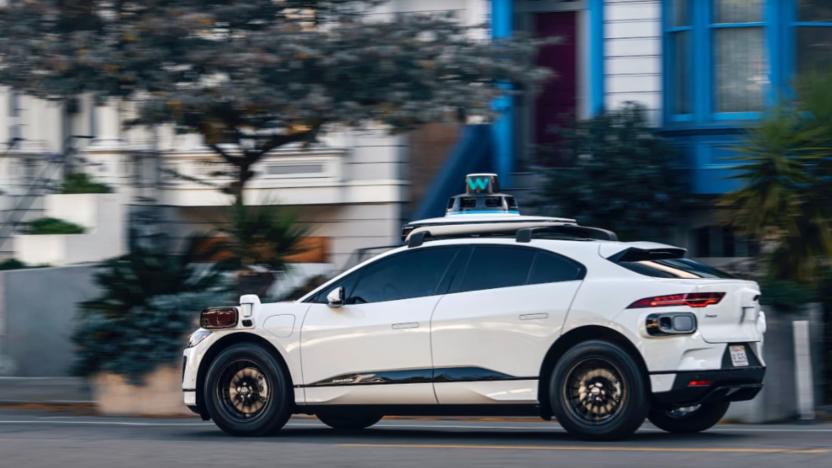
Waymo’s fifth-generation Driver can peek around blind spots
Today, Waymo unveiled its fifth-generation Waymo Driver, the combination of hardware and software that guides its autonomous vehicles. According to the company, the new tech can spot a car door opening a city block away, give trucks the ability to see debris hundreds of meters ahead on the highway, help vehicles "peek" around blind spots and more.

Polestar's latest concept EV is designed for sustainability
Polestar has yet to deliver its first EV, but that isn't stopping it from outlining the vision for its future cars. The automaker has unveiled a concept sedan, the Precept, that showcases both the company's evolving design language and its technological goals. To start, gone is the Volvo-esque grille held over from gas-powered cars -- the front is now devoted to driver assistance and safety features with a camera and two radar sensors. There's also a conspicuous LiDAR pod above the windshield for "increased driving assistance."

Google's 3D scans recreate historical sites threatened by climate change
Google is no stranger to reproducing historical sites online, but it's now pushing technical boundaries to recreate those sites at risk of vanishing due to the ravages of climate change. It's launching a "Heritage on the Edge" collection in Arts & Culture that will include over 50 exhibitions illustrating the effect of an evolving climate on historical landmarks, including five locations recreated in detailed 3D (with 25 models total) using a mix of scans, photogrammetry and drone footage. You can see vivid depictions of the statues at Easter Island's Rapa Nui, the Old and New Towns of Edinburgh, the trading port of Kilwa Kisiwani in Tanzania, Bangladesh's Mosque City of Bagerhat and Peru's ancient city of Chan Chan.
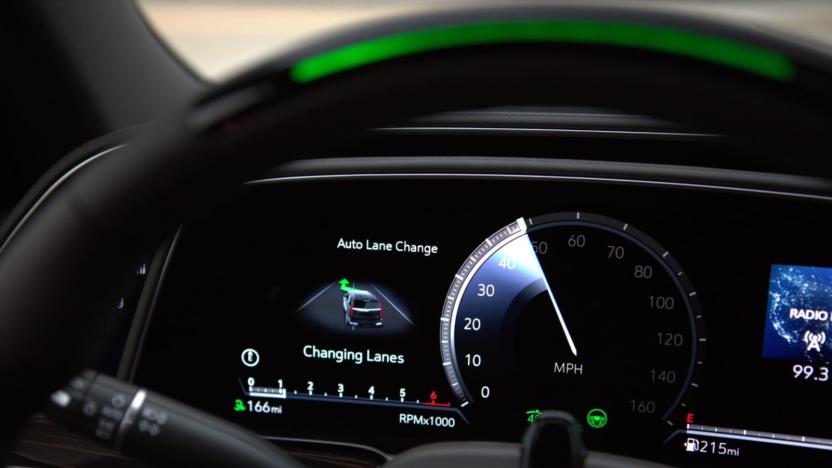
Cadillac will add automated lane changing to its Super Cruise system
Cadillac is beefing up the Super Cruise driver assistance system with several features, including automated lane changing. As such, your car will be able to change lanes on some highways under certain circumstances when you tap or fully latch the turn signal. The driver attention system will make sure you're focused on the car's surroundings while it's moving into a different lane.

A $100 box is the cheapest way we've seen to add LiDAR to cars
Velodyne, one of the companies that helped invent modern LiDAR, says it has developed a component that will make adding laser-based radar to autonomous cars and other vehicles more affordable. At CES, the company showed off its new Velabit LiDAR system, which it plans to sell to manufacturers for about $100 per unit.

Bosch is finally making LiDAR sensors for autonomous cars
Bosch says it's developed production-ready LiDAR sensors for use in vehicles. It's hoping to keep costs down by making them at scale. That way, it might be able to offer them at a lower price and bolster more widespread adoption of autonomous driving systems.
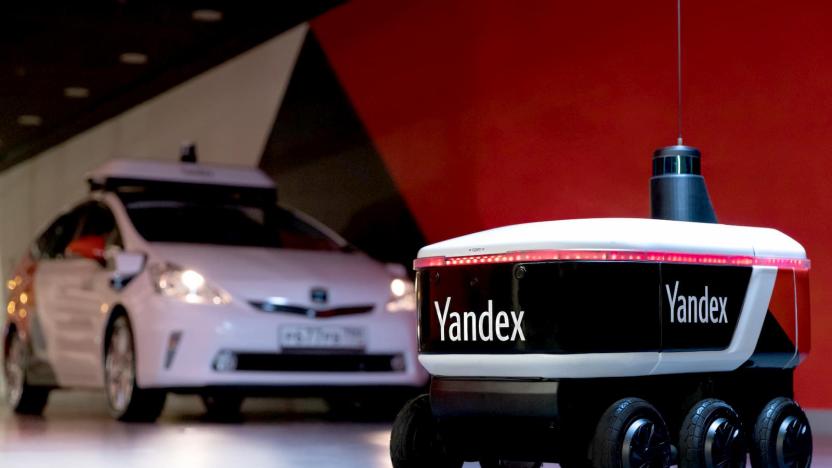
Yandex is testing autonomous delivery robots at its Moscow HQ
Delivery robots from Amazon, Postmates and Starship are already in the wild, but they're not the only ones with self-driving couriers. Another tech giant, Yandex, is working on its own autonomous package carrier, called Yandex.Rover.

Recommended Reading: Your AirPods are going to die
Everyone's AirPods will die. We've got the trick to replacing them. Geoffrey A. Fowler, The Washington Post If you hopped on the AirPod bandwagon early, your earbuds are likely near the end of their life. The Washington Post details what happens when your true wireless audio accessory stops working, including the fact that "battery service" really just means giving you a new pair and tossing your old ones in the recycling bin.
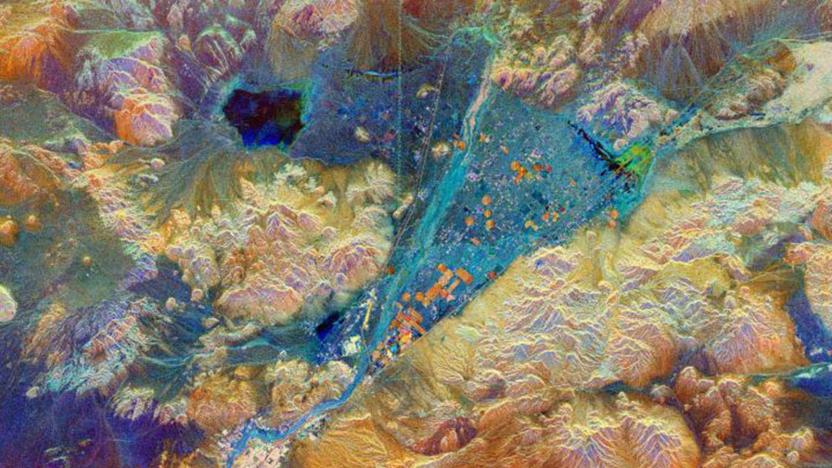
Hitting the Books: Searching for ancient cities from space
Welcome to Hitting the Books. With less than one in five Americans reading just for fun these days, we've done the hard work for you by scouring the internet for the most interesting, thought provoking books on science and technology we can find and delivering an easily digestible nugget of their stories.
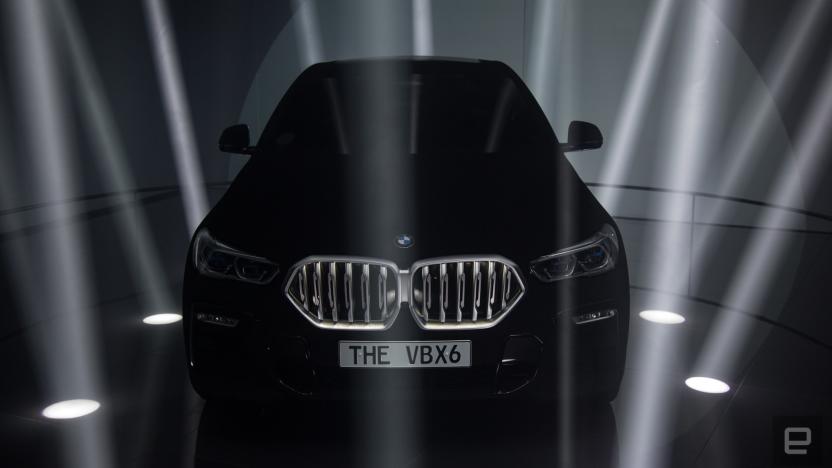
Even BMW’s ‘Vantablack’ X6 gets caught by LiDAR
BMW decided to paint one of its X6 SUVs black. But not just any black; Vantablack the darkest pigment ever created. Then they brought it to the Frankfurt Auto Show and put it in a room with flashing lights and a video screen. But seriously, if they just put it on the show floor it would have been impressive.

UPS is testing self-driving trucks in Arizona
UPS has been secretly hauling cargo back and forth between Phoenix and Tuczon, Arizona for over three months, courtesy of their minority stake in automated trucking startup TuSimple. The tractor trailers are outfitted with nine cameras, as well as LiDAR sensors, those spinning contraptions often attached to the roofs of self-driving vehicles to help them "see."

After Math: Flipping the Switch
Nintendo wasn't the only company this week making headlines about switches. Facebook's poker playing AI turned the tables on some Texas Hold'em pros, Foxconn pulled the old switcheroo on the state of Wisconsin, and Luminar's new LiDAR is poised to turn the autonomous vehicle market on its ear.
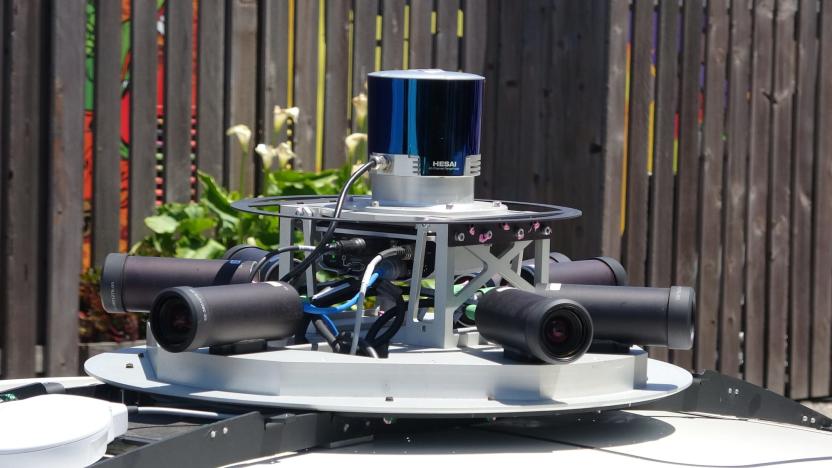
Luminar's cheap LiDAR could be a big boost for autonomous vehicles
LiDAR (laser pulse-based radar) is an essential component of autonomous driving, as it's what vehicles use to detect obstacles like other cars or pedestrians in order to navigate around them. But LiDAR systems aren't cheap. Now, autonomous vehicle sensor and software company Luminar has announced a new platform which will be a lower-priced alternative to current LiDAR systems.

Mount Everest expedition installs highest weather stations on Earth
Scientists installed the two highest weather stations in the world in an expedition to Mount Everest that wrapped up this week. A team led by the National Geographic Society and Tribhuvan University installed the two weather monitoring stations at 8,430 meters (27,657 feet) and 7,945 meters (26,066 feet), as well as three other stations across Everest. Data gathered from the stations will help scientists better understand how rising global temperatures are impacting the rapidly melting glaciers.
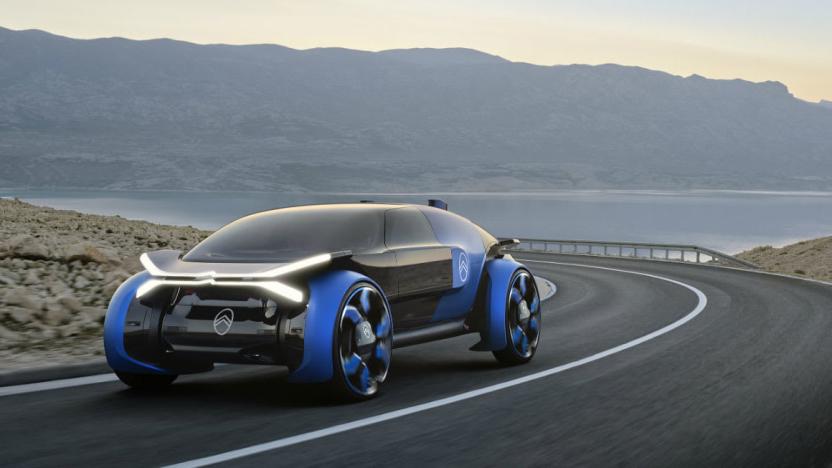
Citroen’s futuristic autonomous EV concept is designed for long trips
Last February, Citroen introduced its Ami One, a tiny electric vehicle (EV) meant to replace bikes and scooters. It was envisioned as a way to make short, all-electric trips around downtown areas. Now, Citroen has revealed its 19_19 Concept, an EV for customers who want to travel beyond the city's limits. The 19_19 Concept boasts a range of up to 800 km (about 497 miles), and thanks to its autonomous driving tech, "drivers are able to entirely delegate driving."

Apple seeks 'revolutionary' sensors for its self-driving car project
Apple isn't out of the self-driving car game because of its recent layoffs -- far from it, if you believe reports. Reuters sources claim that Apple has talked with "at least" four possible suppliers as it looks for a "revolutionary" lidar sensor design. Where existing autonomous vehicles tend to have bulky, expensive sensor packs that use mechanical parts to scan the road, Apple wants lidar that could fit into the aesthetics of a car while scanning "hundreds of meters" ahead and costing hundreds of dollars, not tens of thousands.

Waymo will sell its lidar sensors to companies outside of self-driving cars
Alphabet subsidiary Waymo announced today that it is going to let companies use its powerful sensor technology for purposes other than self-driving vehicles. It will start by selling one of its lidars: a 3D perimeter sensor that can measure distance by sending out pulses of laser light called the Laser Bear Honeycomb. The sensor, which will only be available to select partners of Waymo, is typically used on the bumpers of autonomous vehicles.

Luminar and Volvo use LiDAR to figure out pedestrian activity
Trying to figure out what a vehicle or pedestrian is about to do is tough enough for human drivers. But it's something that the AI systems that end up in autonomous vehicles will have to figure out. Luminar and Volvo announced that they're closer to figuring that out using high-resolution LiDAR.
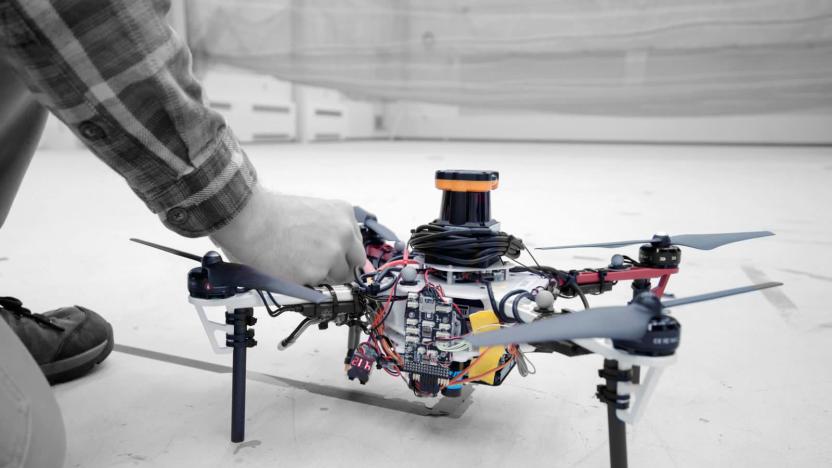
Drone fleets could find lost hikers in forests without using GPS
Drones can already be effective search and rescue tools, but not in densely-packed forests where the tree cover might block GPS signals. Thankfully, MIT has a clever solution: use the same technology that guides self-driving cars. Its researchers have developed drone tech that uses LIDAR to map forests without any use of GPS. Each drone creates a 2D map that also includes the orientations of trees, making it easy to tell where the robotic aircraft has already been as it searches through a specified area. That, in turn, makes it feasible to merge maps from an entire drone fleet and comb large swaths of forest with a minimum of wasted effort.










